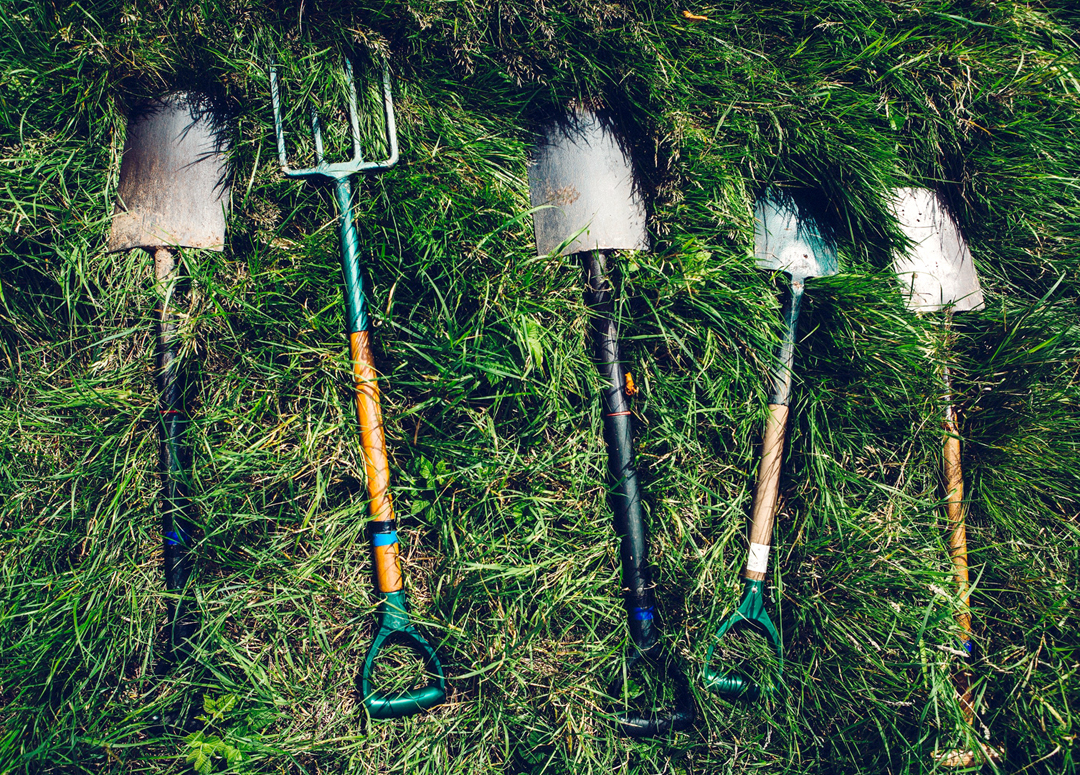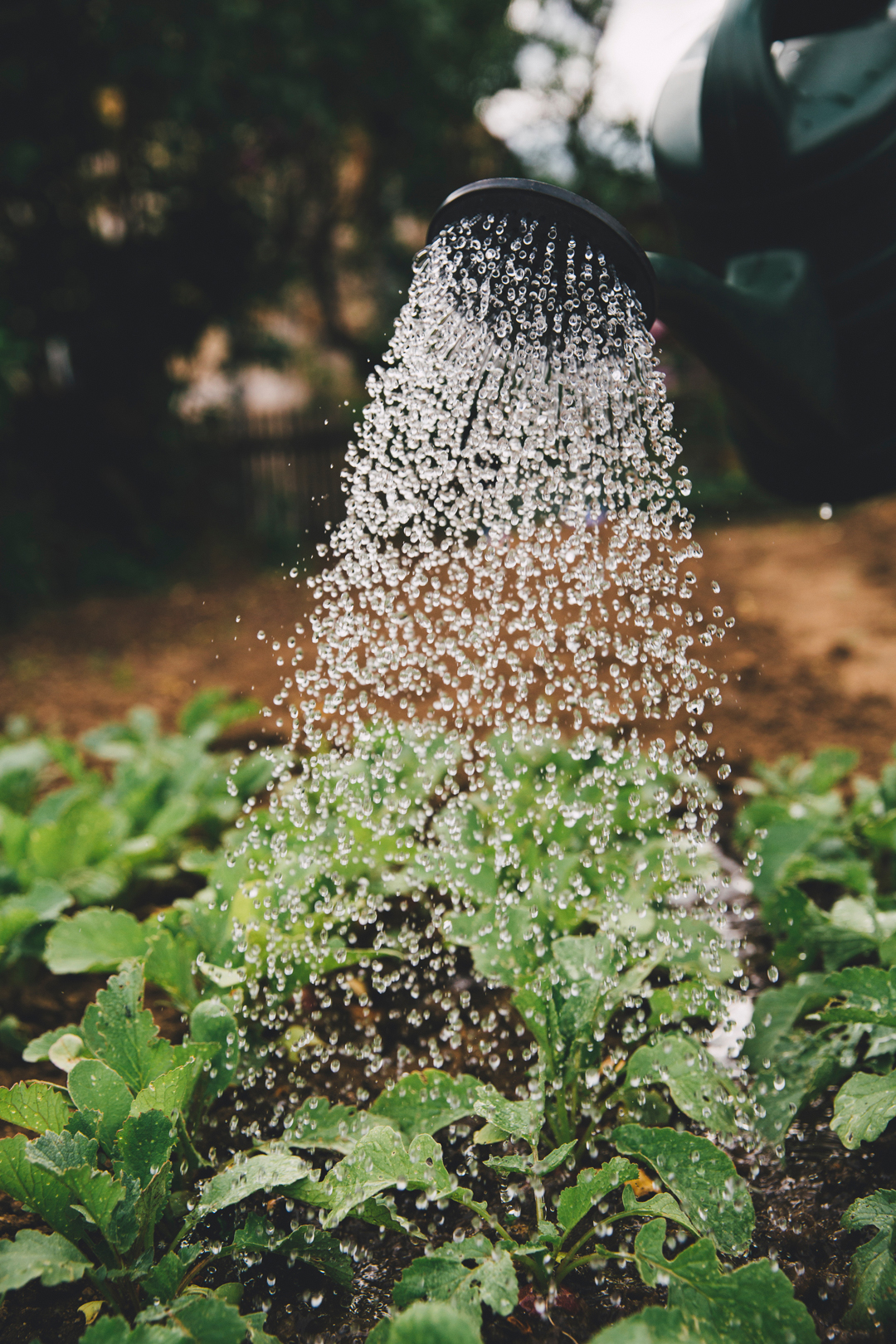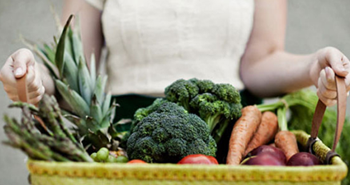 If you are completely new to vegetable gardening, one of the first things you need to think about is where to put the garden.
If you are completely new to vegetable gardening, one of the first things you need to think about is where to put the garden.
In a small garden you usually don’t have many options. It has to go where there is room. Don’t make the mistake of putting it where it won’t work though. If the best place is already occupied by an ornamental bed or a garden shed, it may be necessary to rearrange things to make room for the vegetables. In some situations you might have to remove sources of shade, such as a tree, in order to get enough sunlight.
In a large garden you’ll have many more options. If you have several choices you should try to take advantage of any favorable microclimate, such as a south facing slope. Ideally the vegetable garden should be fairly low down on a slope to avoid high winds and to get better soil with more moisture. However it should not be so low that it is in a frost pocket. In a dry climate you might put the vegetable garden in any area with naturally moist soil. A flat area often isn’t as warm as a south facing slope, but it is generally easier to work with.
There are certain conditions that all food gardens must meet in order to be productive. Consider the following before you start digging:

The most important factor in growing a garden is sunlight. More sun means more plant growth. In fact, the majority of crop plants need at least 6 hours of direct sunlight a day to grow well. So your first objective is to put the vegetable patch where it will get the most sun.
A fertile soil is also a big help, but it is less important than sun because you have the power to improve the soil through your gardening activities.
Good drainage is important because plants won’t grow in waterlogged soil. This is particularly important in spring because you should never dig wet soil (it will damage the soil’s structure). And waiting for the soil to dry out can cause delays (wet soil also warms up more slowly than dry soil).
If your garden is exposed to strong winds, you will need to think about shelter. Strong winds can batter plants, cool winds can chill them and dry winds can increase evaporation. If there is no natural shelter you will have to think about a windbreak (without creating shade however).
You should never put your vegetable beds on the north side of tall objects such as buildings, walls, trees or shrubs where they will get little sun. You should also keep them well away from any trees or shrubs, as their creeping roots will move into the fertile and well watered soil and extract most of their available nutrients (this would drastically reduce your crop plant growth).

Consider the proximity to the house. The closer the food garden is to the kitchen the more you will use it. Ideally the garden should be within 100 feet of your kitchen door so it is easy to nip outside and harvest while cooking. If it is further away you tend to limit your trips out there , so the harvest becomes more sporadic. Someone once estimated that the harvest declined by 30% when the garden was over 100 feet away. A garden that is close to the house gets tended more conscientiously, not only because it is more convenient, but because it is so visible. You make more effort to keep it looking good because otherwise it would be embarrassing every time someone came to visit.
Finally it’s nice if the vegetable garden is in its own area and isn’t on the way to somewhere else. If it is right in the center of a play or entertainment area then plants may get damaged by passing children, dogs and wheelbarrows; and those tempting ripe tomatoes will keep disappearing.

SmartGardener.com creates a Smart Garden Plan for you which automatically and optimally orients all your plants in relation to the sun – so you can get out into the garden!



Leave a Reply